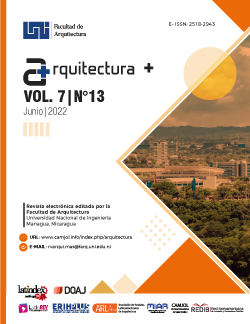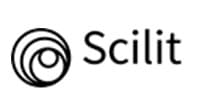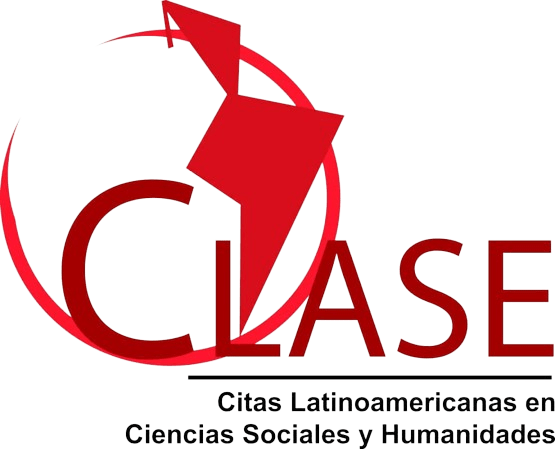The Aqueducts as Heritage. Case Study: Aqueduct of the Hacienda Villa, Lima-Perú
DOI:
https://doi.org/10.5377/arquitectura.v7i13.14435Abstract
This research aims to contribute to the revaluation of the “Acueducto de San Juan de Villa”; a valuable testimony of colonial hydraulic engineering, including its context and history as well as the heritage object itself, subjects, and current heritage values. Located in the district of Chorrillos, in the proximity of a commercial area, two universities, and the largest swamp in Metropolitan Lima. The objective of this research is to characterize the various heritage values (formal, use, and symbolic) and link them with the subjects who interact directly or indirectly with the aqueduct. Because of this, an in situ investigation of the heritage object is carried out through its planimetric and photographic record at the pedestrian level and with aerial photographs taken from a drone. Precisely in this last point, it is worth mentioning the use of the Structure From Motion (SFM) software, which has allowed the exact three-dimensional reconstruction of its surveyed surfaces to be carried out with photographic shots taken with mid-range cameras. Likewise, the aqueduct is studied using documentary sources such as inventories of monumental heritage, historical aerial photographs, books, magazines, and historical archive publications, and is complemented with interviews with the social actors involved -patrimonial subjects- who give their valuation and the motivations that support them. The main result obtained has been to highlight the views of the different actors on the monument. This mixed research has been taken place during 2021, that is, during the Covid-19 pandemic, for which virtual and face-to-face communication tools had to be combined to overcome the limitations of movement and meeting that this crisis world has imposed.
Downloads
Downloads
Published
How to Cite
Issue
Section
License
Copyright (c) 2022 Universidad Nacional de Ingeniería

This work is licensed under a Creative Commons Attribution-NonCommercial-NoDerivatives 4.0 International License.




















